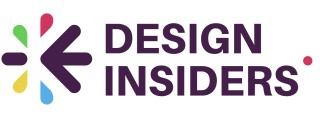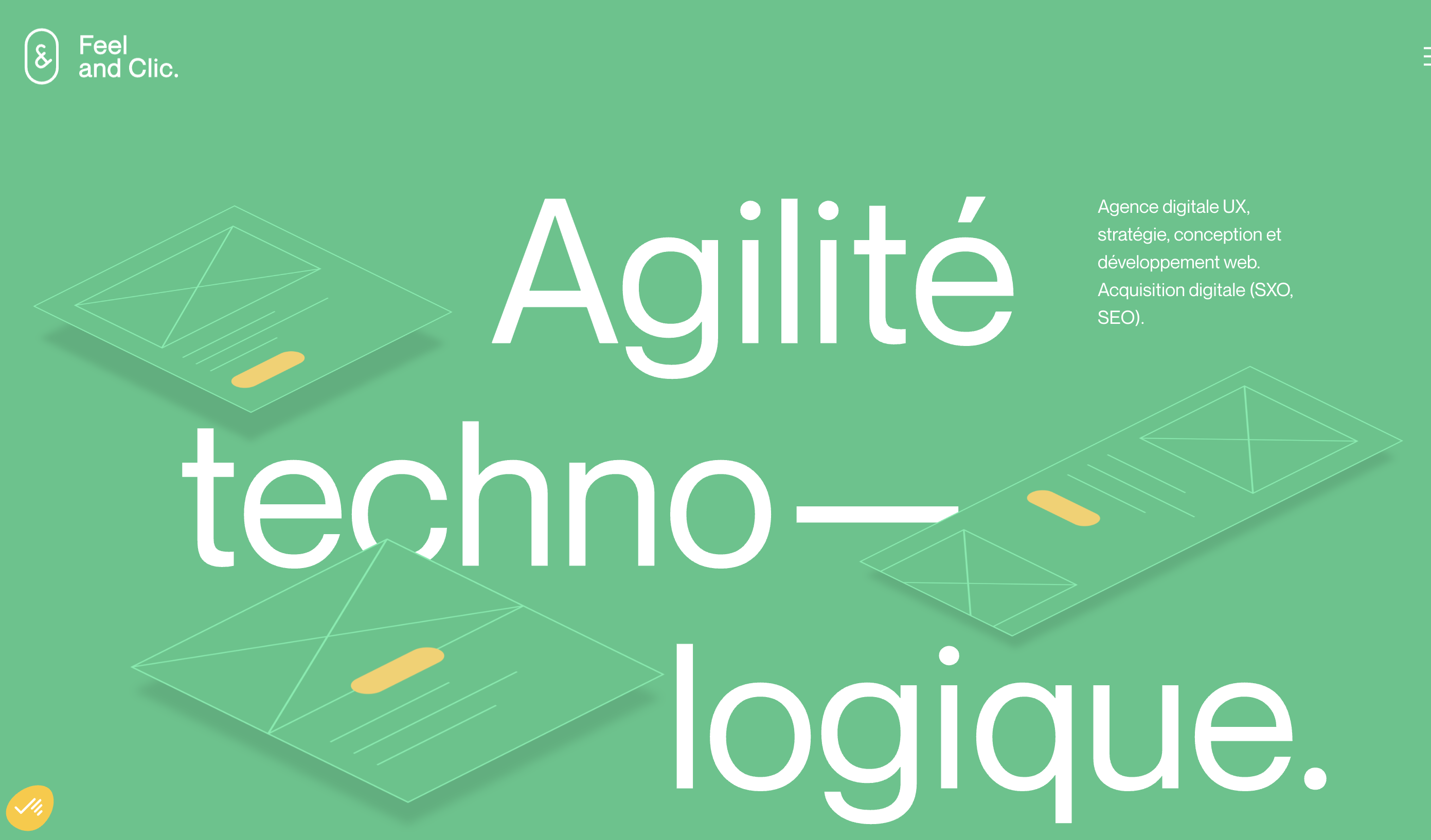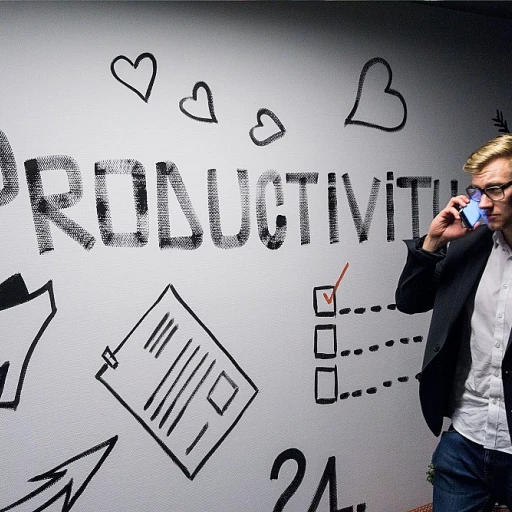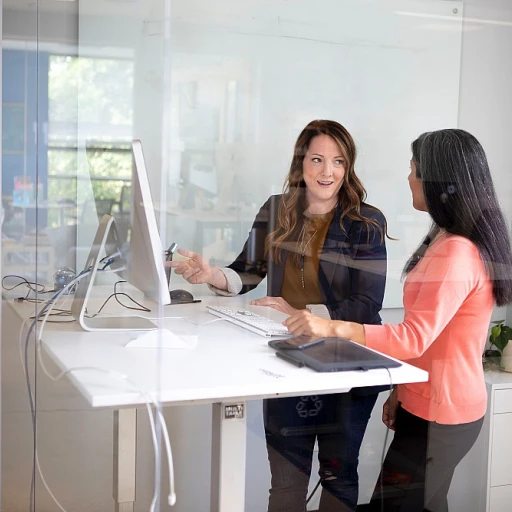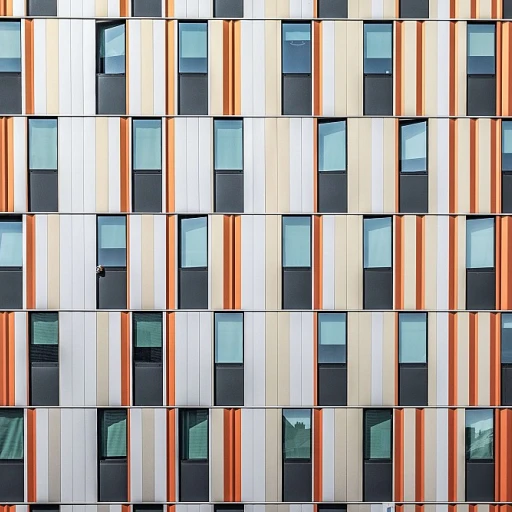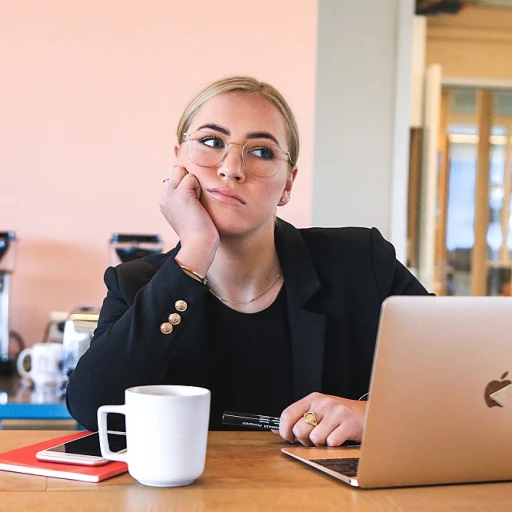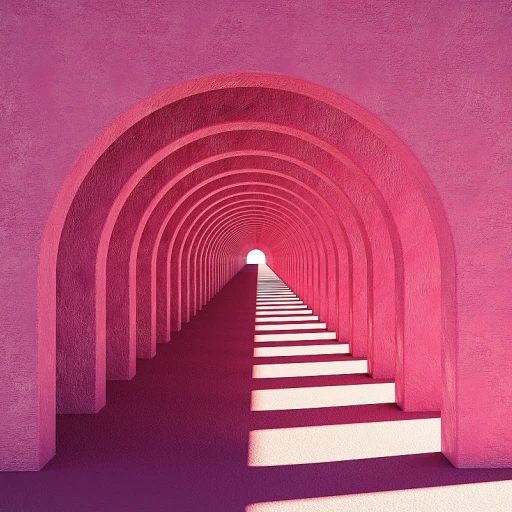
Understanding Creative Frustration
Decoding the Roots of Creative Frustration
Creative frustration is a common hurdle in the design world, often manifesting when ideas seem elusive or projects stall. Understanding this phenomenon is crucial for any designer aiming to unlock their full potential. At its core, creative frustration arises when there's a disconnect between your creative aspirations and the reality of your work process. This can be due to various factors, such as tight deadlines, demanding clients, or even personal expectations.
Recognizing these triggers is the first step in managing them effectively. It's important to acknowledge that frustration is a natural part of the creative journey. It often signals a need for change, whether in your approach, environment, or mindset. By identifying the specific moments that lead to frustration, you can begin to address them proactively.
For instance, if time management is a recurring issue, consider restructuring your schedule to allow for more focused work periods. This not only enhances productivity but also reduces the pressure that can stifle creativity. Additionally, engaging in open communication with team members and clients can help align expectations and foster a more supportive environment.
Moreover, it's essential to view creative frustration as an opportunity for growth. By embracing it, you can develop stronger problem-solving skills and innovative thinking. This mindset shift can transform frustration into a catalyst for professional development and leadership growth.
For those seeking further insights into the complexities of creative processes, exploring the secrets behind product insights in design can provide valuable perspectives. This resource delves into how understanding the nuances of design can lead to more effective solutions and a more fulfilling creative life.
Identifying Personal Triggers
Recognizing Your Creative Triggers
Understanding what specifically triggers your creative frustration is crucial in managing it effectively. Every designer has unique moments that can spark or stifle creativity. Identifying these personal triggers can be the first step towards overcoming creative blocks.
Consider the following aspects to pinpoint your triggers:
- Time Management: Are deadlines causing stress? Time constraints can often lead to a creative block. Learning to manage your time effectively can help in avoiding these pressure points.
- Client Expectations: Sometimes, the pressure to meet client demands can hinder your creative flow. Open communication with clients can help in aligning expectations and reducing frustration.
- Work Environment: Your surroundings play a significant role in your creative process. A cluttered or noisy environment might be a problem. Consider adjusting your workspace to better suit your creative needs.
- Team Dynamics: Working with a team can be both inspiring and challenging. Leadership and management communication are key in ensuring that team members are on the same page, which can help in reducing creative friction.
- Professional Development: Sometimes, the lack of growth opportunities can lead to frustration. Engaging in leadership development or marketing workshops can provide new perspectives and ideas.
By understanding these triggers, you can develop strategies to manage them effectively. This self-awareness not only aids in solving creativity problems but also enhances your problem-solving skills. For more insights on how personalization can play a role in design, consider exploring the art of personalization in design.
Techniques for Overcoming Blocks
Paving the Path Through Creative Roadblocks
Every designer encounters moments when their creativity hits a wall, creating overwhelming frustration. Yet, understanding effective techniques to navigate these creative blocks can help reignite creativity and boost productivity.
One essential approach is engaging in brainstorming sessions without the fear of judgment. Clearing your mind with a free flow of ideas, no matter how ludicrous they may seem, can lead to breakthroughs. Allow your mind to wander and explore possibilities by utilizing mind maps or sketching out concepts. Remember, quantity often breeds quality; the more ideas, the higher the chance of stumbling upon a gem.
Another practical method is the deliberate act of stepping away from your work. It might sound counterintuitive, but giving your brain a break can refresh your perspective and energy. Activities such as taking a walk, meditating, or briefly shifting to another unrelated task can provide mental clarity, resulting in a more robust idea generation process upon your return.
Considering alternative tools in design software could also spark creativity. Often, the limitations or structure of a familiar tool can stifle imaginative thought. Exploring alternatives can offer fresh perspectives and functions that align more closely with your creative vision.
Finally, employing feedback loops can be invaluable. By regularly seeking input from peers or mentors, you can gain new angles and constructive insights, propelling you forward when you're feeling stuck. Remember, overcoming creative blocks is not about avoiding them but equipping yourself with the tools to navigate through them successfully.
The Role of Environment in Creativity
Creating the Ideal Environment for Unleashing Creativity
When navigating the tumultuous waters of creative frustration, often overlooked is the powerful influence of your environment. A well-curated space can significantly enhance your creative potential by providing the mental clarity needed to produce groundbreaking designs.
The first step is recognizing the kind of environment that stimulates your creativity. Some thrive in dynamic settings bustling with activity, while others find their flow in tranquil surroundings. Understanding your personal preference can be a pivotal move in managing creative frustration.
In addition, ensuring your workspace is clutter-free can have a notable impact. Clutter can lead to distraction and even increase stress levels, diverging attention from the task at hand. Aim to keep your workspace minimalistic, showcasing only essentials that inspire motivation and focus. You might consider using organizational tools or methods such as Marie Kondo's KonMari to maintain a tidy area.
Another factor to ponder is the role of lighting. Natural light is a fantastic ally in boosting creativity, as it helps regulate mood and enhances productivity. If possible, create your workspace near a window or opt for quality artificial lighting solutions that mimic daylight.
Color psychology also plays a fundamental role in designing your creative haven. Colors such as blue and green are known for promoting calmness and focus, while shades of orange and yellow can energize and inspire innovative ideas.
However, don't forget the power of sound. While silence is golden to some, background music or ambient sounds might work wonders for others. Experimenting with different soundscapes might reveal what best nurtures your creativity.
Lastly, include elements that make you feel comfortable and inspired, whether it's art, plants, or objects of personal significance. A personalized environment can become a fortress against creative blockage, helping nurture and expand your design capabilities.
Crafting the right environment requires introspection and experimentation. Pay attention to how shifts in your surroundings affect your mental frameworks. In doing so, you develop a greater awareness of how environment directly correlates with creativity and motivation.
Balancing Structure and Flexibility
Finding the Perfect Balance
In the design world, the dichotomy between structure and flexibility can often play a pivotal role in influencing creativity. While it's essential to have a framework to guide creative projects, too much rigidity can stifle innovation and exploration. Achieving a harmonious balance allows designers to structure their process without hindering their creative flow.- Design Frameworks: Implementing a design framework can help maintain a sense of order. However, it's crucial to leave enough open-endedness to accommodate spontaneous bursts of creativity. Consider using adaptable templates or modular design techniques to provide flexibility within a structured environment. This approach allows reaping the benefits of both elements, without hindering growth or creativity.
- Setting Boundaries: Establishing time limits for tasks can also encourage creativity within a structured timeline. Knowing when to step away to gain fresh perspectives can often be as productive as diligently working on a problem. Structuring time effectively enables relaxation periods and promotes mental rejuvenation, which often leads to creative breakthroughs.
- Iterative Process: Embrace an iterative process that acknowledges the evolution of ideas. Iteration provides the framework but allows the design to breathe and evolve in its aesthetic form. Frequent revisions and iterations encourage a continuous feedback loop that fosters creativity.
Building a Supportive Creative Network
Nurturing Connections to Enhance Creativity
Engaging with fellow creatives offers a plethora of benefits when navigating through periods of creative frustration. Forming a supportive network can be instrumental in sharing experiences, gaining perspective, and revitalizing stagnant creative juices. In your quest to liberate your creative potential, consider these strategies:- Join Creative Communities: Participate in design meetups, forums, or online groups to exchange ideas with others in the field. These platforms often provide fresh insights and can lead to collaborative opportunities.
- Seek Constructive Feedback: Regularly sharing your work with peers allows you to view your designs from different perspectives. Constructive criticism plays a critical role in propelling your creative growth and helping you refine your craft.
- Mentorship and Peer Learning: Establish mentoring relationships, where you can both receive guidance and offer support to others. This dynamic fosters a healthy exchange of knowledge and skills, keeping your creative practice robust and evolving.
- Collaborative Projects: Engaging in collaborative work with designers from diverse backgrounds can inject your projects with novel ideas, challenging your usual approaches and encouraging innovative thinking.
